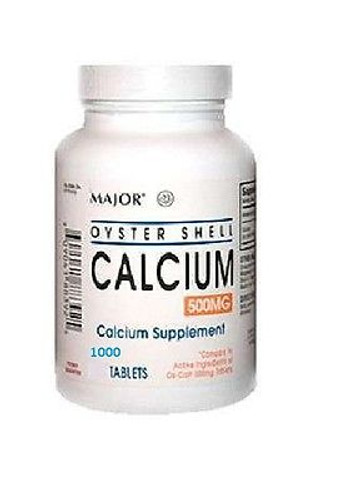
Ideally, the calcium that is taken from the bones will be replaced when calcium levels are replenished. This happens when blood levels of calcium drop too low and dietary calcium is not sufficient. The other way the body obtains calcium is by extracting it from bones.

Calcium is an essential nutrient required in substantial amounts, but many diets are deficient in calcium. One method is dietary intake of calcium-rich foods including dairy products, which have the highest concentration per serving of highly absorbable calcium, and dark, leafy greens or dried beans, which have varying amounts of absorbable calcium. The body gets the calcium it needs in two ways. A constant level of calcium is maintained in body fluid and tissues so that these vital body processes function efficiently. Calcium is needed for muscle contraction, blood vessel constriction and relaxation, the secretion of hormones and enzymes, and nervous system signaling. The remaining 1% is found throughout the body in blood, muscle, and the intracellular fluid. More than 99% of total body calcium is stored in the bones and teeth where it supports the structure. Calcium carbonate from oyster shells is not "refined" and can contain variable amounts of lead.Ĭalcium is the most abundant mineral in the human body and has several important functions. Shell sources are often described on the label as a "natural" source. Calcium carbonate, which can be refined from limestone, natural elements of the earth, or from shell sources, such as oyster. Calcium may also be combined with other substances to form preparations such as calcium lactate or calcium gluconate.


Calcium citrate is an example of such a chelated preparation. Calcium (Latin calx, meaning "lime") was first isolated in its metallic form by Sir Humphrey Davy in 1808 through the electrolysis of a mixture of calcium oxide and mercury oxide.Ĭhelated calcium refers to the way in which calcium is chemically combined with another substance.

The Romans used lime (calcium oxide), clacked lime (calcium hydroxide) and hydraulic cement in construction works.


 0 kommentar(er)
0 kommentar(er)
